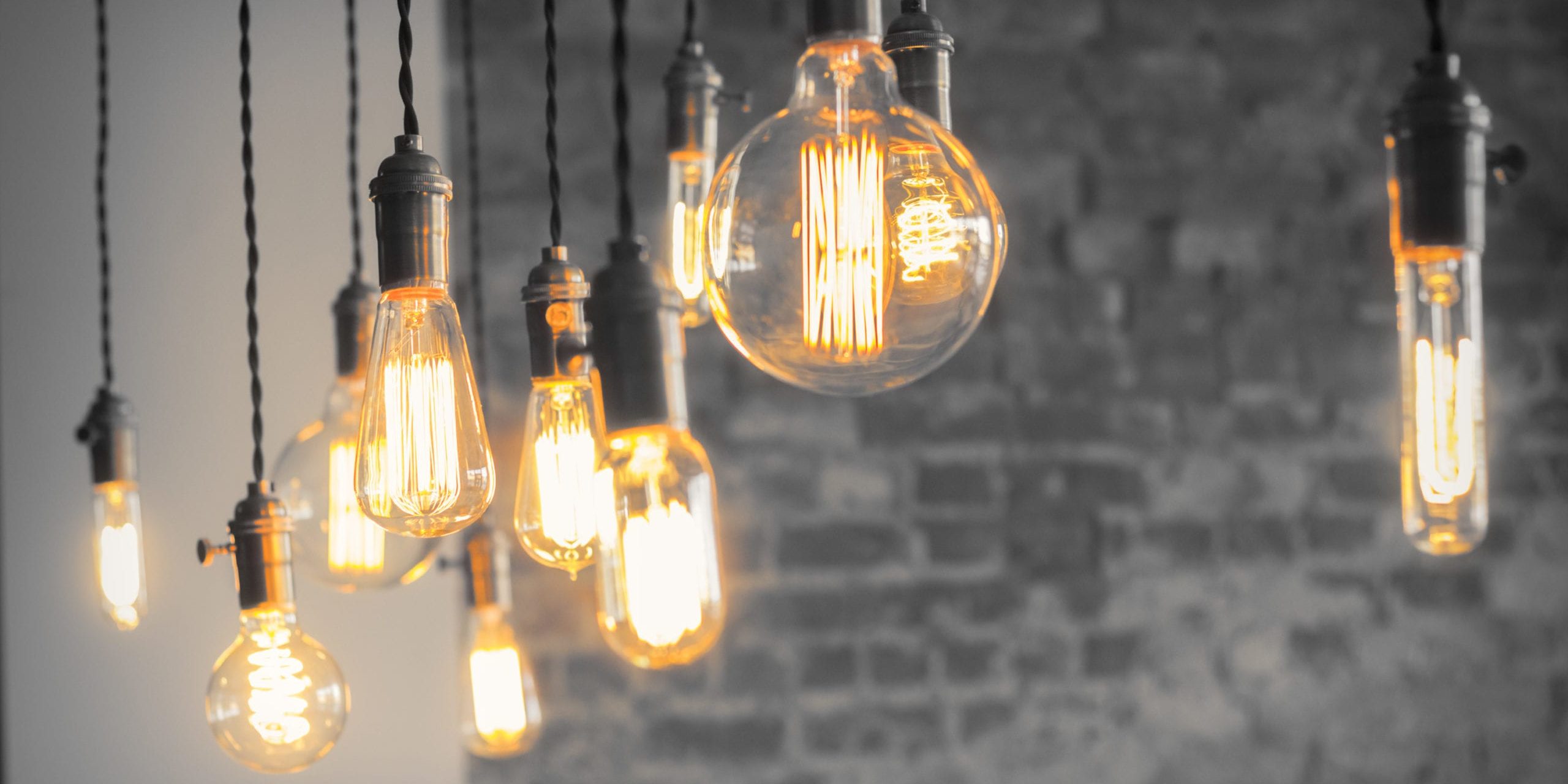The Quick Guide to Energy-Saving Light Bulbs
By Tim Smith
For generations, homes have been lit by the classic incandescent light bulb. However, they can be costly over a long period of time. This is particularly true for those who use several table lamps in rooms without good natural lighting. Today there are several energy efficient alternatives on the market. There can be some confusion over differences in energy costs between bulbs as well as how well the light works in a given application. Here are a few points to consider when purchasing an energy efficient bulb.
Finding the right kind of bright
If you’ve ever wandered the lighting aisle of most home improvement stores you be familiar with various terms such as soft or warm. There are many variants of lighting that serve several purposes. Most energy efficient bulbs are available for either all-purpose lighting for a room or a soft light at eye level.
A light bulb can be rated its number of lumens. Lumens determine how bright the light is. A typical incandescent bulb is around 60 watts. When shopping for a bulb you may need to consider the lumen equivalency on the package. A lumen is considered the candle power or brightness factor of a bulb. Energy-efficient bulbs allow you to go beyond 60 watt lumen equivalency. The combination of lumens and softness corresponds with the purpose of the light bulb.
Compact fluorescent
Compact fluorescent bulbs have been around for a while and come in several levels of quality and brightness. They also come in a variety of colors and sizes to fit the mood of the room. Fluorescent bulbs are widely available and fairly inexpensive to purchase. The average lifespan is approximately 10,000 hours, and they use 1/4 the amount of energy of a typical incandescent. Smart shoppers will find that a 75-watt compact fluorescent can give over 100 watts of lumen power. A downside to compact fluorescent bulbs is the soft hum that emits from the bulb in larger sizes or less expensive models with noisy ballast.
Halogen
The halogen is the brightest and warmest of the energy efficient bulbs. These bulbs use approximately 1/3 less energy versus an incandescent. They emit a direct light that’s useful for lighting up an entire room that’s unusually dark. However, they may be a harsh light for direct reading purposes. These bulbs use Halogen bulbs that can give off more heat than a typical incandescent.
LED
LED light bulbs are the most efficient of all lighting choices. The average LED bulb only uses approximately 7 watts of energy and lasts for over 30,000 hours of us. The typical incandescent bulb used 60 watts and lasts 1,200 hours. They also come in a variety of sizes and sometimes fit in obscure light fittings due to the efficiency of light emitting diode technology size. However, the cost can be a limiting factor. Prices will continue to go down as technology advances.
Check out Modernize.com for more bathroom design inspiration!








Good lighting is important